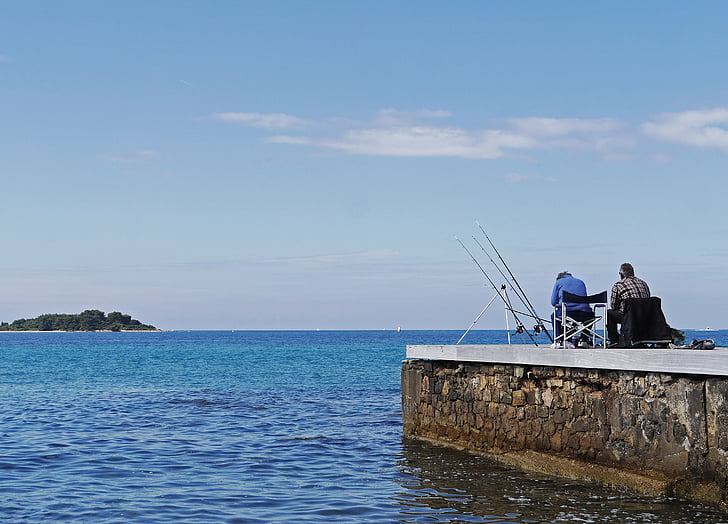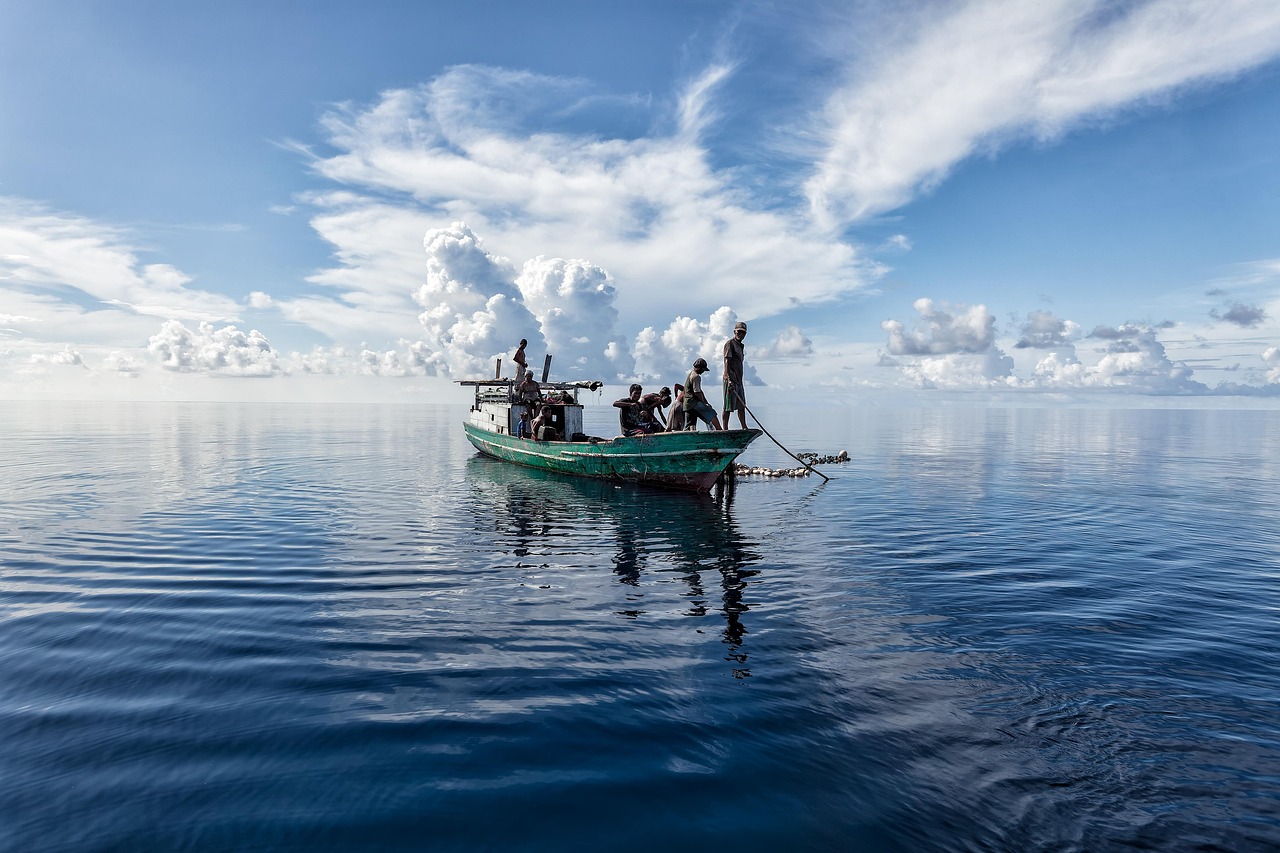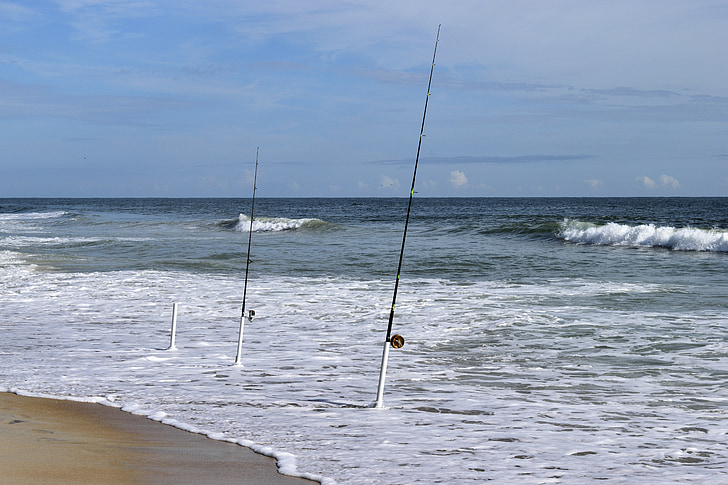Oregon is one of the premier destinations for salmon fishing in the United States, boasting diverse rivers, rich coastal waters, and an abundance of wild salmon. Whether you’re a first-time angler or a seasoned fisherman, the 2025 salmon season offers some of the best opportunities for a successful catch. This detailed guide covers everything you need to know—from the different species of salmon and seasonal timings to the best fishing techniques, essential gear, and up-to-date regulations. Armed with these insights, you’ll maximize your chances of success on Oregon’s waters.
Understanding Oregon’s Salmon Species and Seasonal Cycles
Oregon’s rivers and coastal waters are home to a variety of salmon species, each with distinct characteristics and migration patterns. For beginners, understanding the key species and the timing of their runs is vital.
Chinook Salmon: The King of the Waters
The Chinook Salmon (also known as King Salmon) is the largest and most sought-after species in Oregon, with some individuals reaching 40+ pounds. There are two primary runs of Chinooks in Oregon:
- Spring Chinook: The spring run is the most coveted due to the quality of the meat. These Chinooks begin migrating in March and peak in April, primarily in the Columbia River system. They enter the river as early as March 30, with peak action typically from late March through early April.
- Fall Chinook: This run starts in August and peaks in September. These fish are crucial for Oregon’s coastal fisheries, and the Buoy 10 fishery in Astoria is the most popular destination. The Columbia River fishery opens in early August and runs through early September.
Coho Salmon: A Fighter for All Levels
Slightly smaller but equally prized, Coho Salmon (or Silver Salmon) are known for their acrobatic fights. The Coho run generally spans from mid-June through September, with the Buoy 10 estuary zone providing excellent opportunities for Coho fishing during the peak months of August and September. Coastal fisheries like Tillamook Bay also have abundant Coho during late summer.
Key 2025 Salmon Season Dates
- Columbia River Spring Chinook: Opens on March 30, with peak runs from late March through early April.
- Buoy 10 Fishery: From August 1 to September 3, ideal for both Chinook and Coho in the brackish waters.
- Coastal Coho Fishery: June 22 to September 30, subject to a 39,900 Coho fish quota.
For beginners, targeting Spring Chinook in the Columbia River (March–April) and Fall Coho in the Coastal Bays (August–September) is a great strategy.
Essential Gear for Oregon Salmon Beginners
Getting the right gear for salmon fishing is crucial, as it ensures you’re prepared for any fishing environment and maximizes your chances of success.
Rod, Reel, and Line Configurations
- Rod and Reel: Opt for a 9–10 foot medium-heavy spinning rod paired with a 4000-series reel. This combination provides the flexibility needed for both riverbank and boat fishing. For trolling, choose a level-wind reel for better control when dealing with the strong currents of Oregon’s rivers and ocean waters.
- Line: Use braided lines with a strength range of 15–30 lbs for the mainline, which offers superior sensitivity and strength. For leaders, a fluorocarbon leader in the 20–40 lbs range is ideal due to its abrasion resistance in rocky waters.
Terminal Tackle and Bait Strategies
- Trolling Rigs: For trolling, use cut-plug herring or anchovies paired with a flasher to create erratic motion in the water. This method is particularly effective in the Columbia River and Tillamook Bay.
- Drift Fishing: Opt for size 2–4 spinners or egg-wrapped plugs. These work well in rivers like the Rogue and Deschutes, where salmon travel long distances.
- Plunking Setup: Use 3–5 oz. pyramid weights paired with cured salmon eggs for slow-moving pools. This technique is great for deeper, slower waters where salmon rest during migration.
Bait and Lures
Some popular baits include cut-plug herring, sand shrimp, and PowerBait. For spinners and plugs, red, green, and pink colors tend to work well in both freshwater and saltwater conditions.
Prime Fishing Locations and Tactical Approaches
Finding the right location and applying the right technique are key to success. Below are the best spots and methods for Oregon salmon fishing.
Columbia River: The Spring Chinook Corridor
- Best Location: The stretch between the I-5 and I-205 bridges in Portland is a prime spot for Spring Chinook. Trolling with herring or anchoring with jet divers can be highly effective.
- Tactics: As spring migrators reach Bonneville Dam, back-bouncing roe or pulling spinners along the river’s drop-offs can yield strong results.
Willamette River: A Post-Columbia Transition Zone
After the Columbia River closes in April, the Willamette River, particularly near Oregon City, becomes a hotspot. Fish the deeper channels where Chinooks rest during their upstream migration. Using spinners and drift fishing techniques will likely yield consistent results.
Coastal Hotspots: Tillamook and Astoria
- Tillamook Bay: Fresh-run Chinook can be caught in September, and the bay is a great place for beginners to learn about tidal influences and fishing in estuarine environments.
- Buoy 10: This estuary, located near Astoria, is perfect for both Chinooks and Coho during the late summer months. Focus on fishing during outgoing tides to intercept salmon feeding before heading upstream.
Beginner-Friendly Techniques for Consistent Success
Trolling: Precision in Open Waters
- Speed: Trolling speeds of 1.5–2.5 mph are ideal for covering water columns and targeting both Chinook and Coho.
- Tackle: Use diving plugs or weighted divers to maintain a steady depth of 45–55°F, which is the ideal temperature range for salmon feeding.
Drift Fishing: Reading River Hydraulics
Understanding riffle-run-tailout structures is essential. Cast upstream into riffles and allow your bait to drift naturally into deeper pools where salmon typically hold. These areas provide optimal resting zones for migrating fish, helping conserve energy.
Fly Fishing: A Growing Niche
Fly fishing for salmon is becoming more popular in smaller tributaries. Nestucca River is one such example where anglers use a 9-weight rod with a sinking-tip fly line and intruder-style flies. This method mimics the action of baitfish and attracts salmon.
Navigating Regulations and Sustainable Practices
Fishing Licenses and Catch Limits
- License Requirements: All anglers aged 12 and older must purchase an Oregon fishing license. The annual cost is $44.50, and a Columbia River Basin Endorsement costs $9.75 if fishing for salmon or sturgeon in regulated areas.
- Catch Limits:
- Columbia River: 2 salmon per day (1 Chinook max), with a minimum size of 22 inches for Chinooks.
- Coastal Waters: 2 Coho per day, but only adipose fin-clipped Coho are allowed.
Conservation Practices
- Catch-and-Release: Practice catch-and-release for wild Chinooks and Steelhead, using barbless hooks and minimizing exposure to air.
- Real-time Updates: Regulations can change frequently, so be sure to consult the official Oregon Department of Fish and Wildlife (ODFW) website or use the MyODFW app for the latest information on fishing regulations and quotas.
Free Fishing Days and Special Events
Oregon offers Free Fishing Days throughout the year, allowing anglers to fish without a license. These events are great opportunities for beginners to learn and practice fishing skills. In 2025, the Free Fishing Days are scheduled for:
- February 15-16 (Saturday & Sunday), President’s Day Weekend
- June 7-8 (Saturday & Sunday), Free Fishing Weekend
- November 28-29 (Friday & Saturday), Thanksgiving Weekend
During these weekends, no fishing license is required, but all other regulations, such as area closures and bag limits, remain in effect. Be sure to check the official Oregon Department of Fish and Wildlife (ODFW) website for any updates and specific information on Free Fishing Days, including event locations and additional requirements.
Conclusion: Building a Foundation for Lifelong Success
Whether you’re fishing the Columbia River, exploring coastal bays like Tillamook, or casting along smaller tributaries, Oregon offers unparalleled salmon fishing experiences in 2025. By understanding the species, gear requirements, techniques, and regulations, you’ll be well on your way to a successful season. Preparation is key—so learn the seasonal patterns, choose the right fishing techniques, and follow the sustainability practices to ensure a long-lasting impact on Oregon’s thriving salmon fisheries.
To begin your adventure, visit the Oregon Department of Fish and Wildlife for the latest updates and regulations. Happy fishing!


